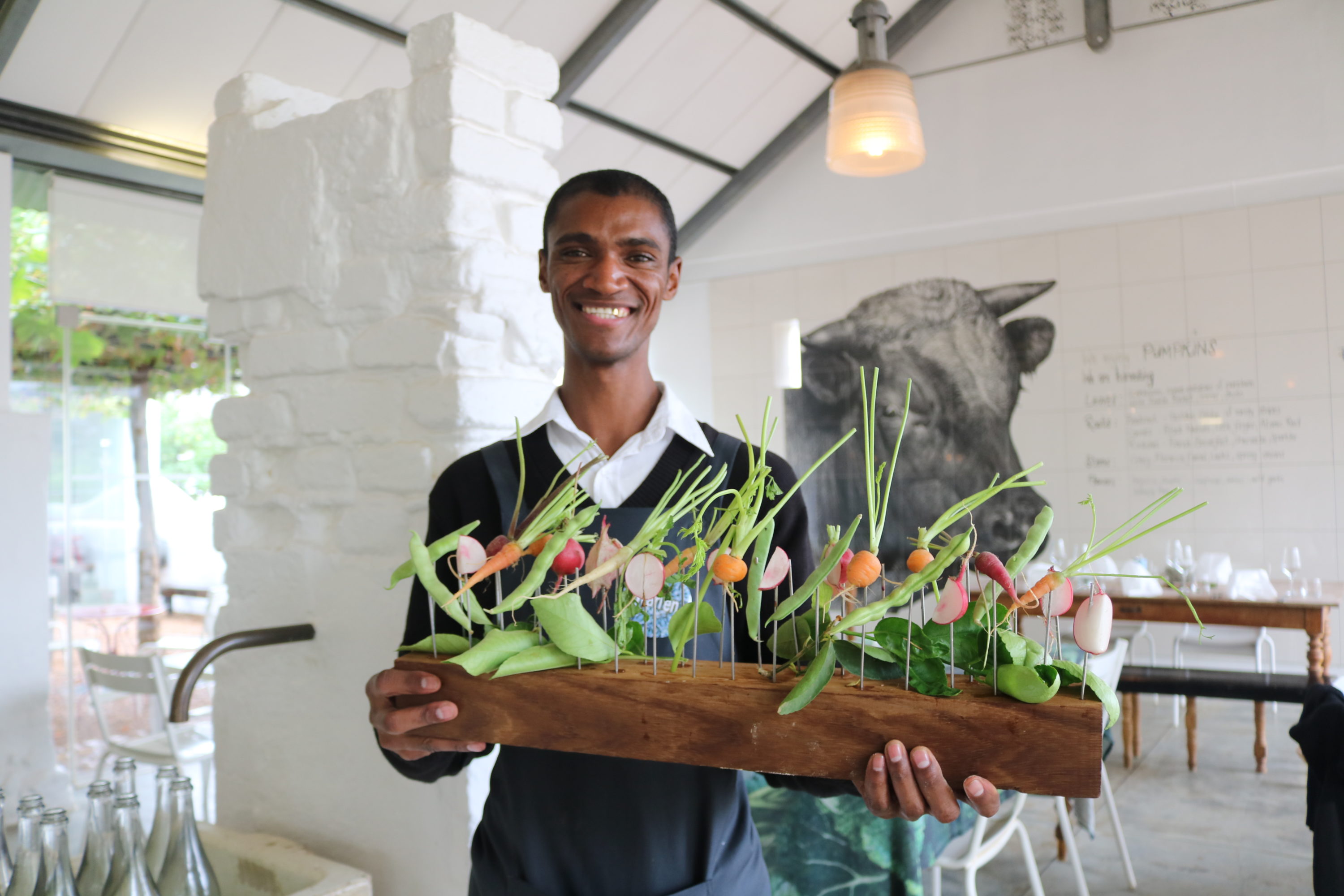Restaurants Flip the Script With Table-to-Farm Dining

Photo Caption: A waiter at Babel with the farm-fresh crudite offered to each table.
Skift Take
Opening culinary operations on farm grounds can be a risk, but -- when done well -- minimizes costs, lessens waste, and furthers consumers' dedication to local, ethically sourced cuisine.


